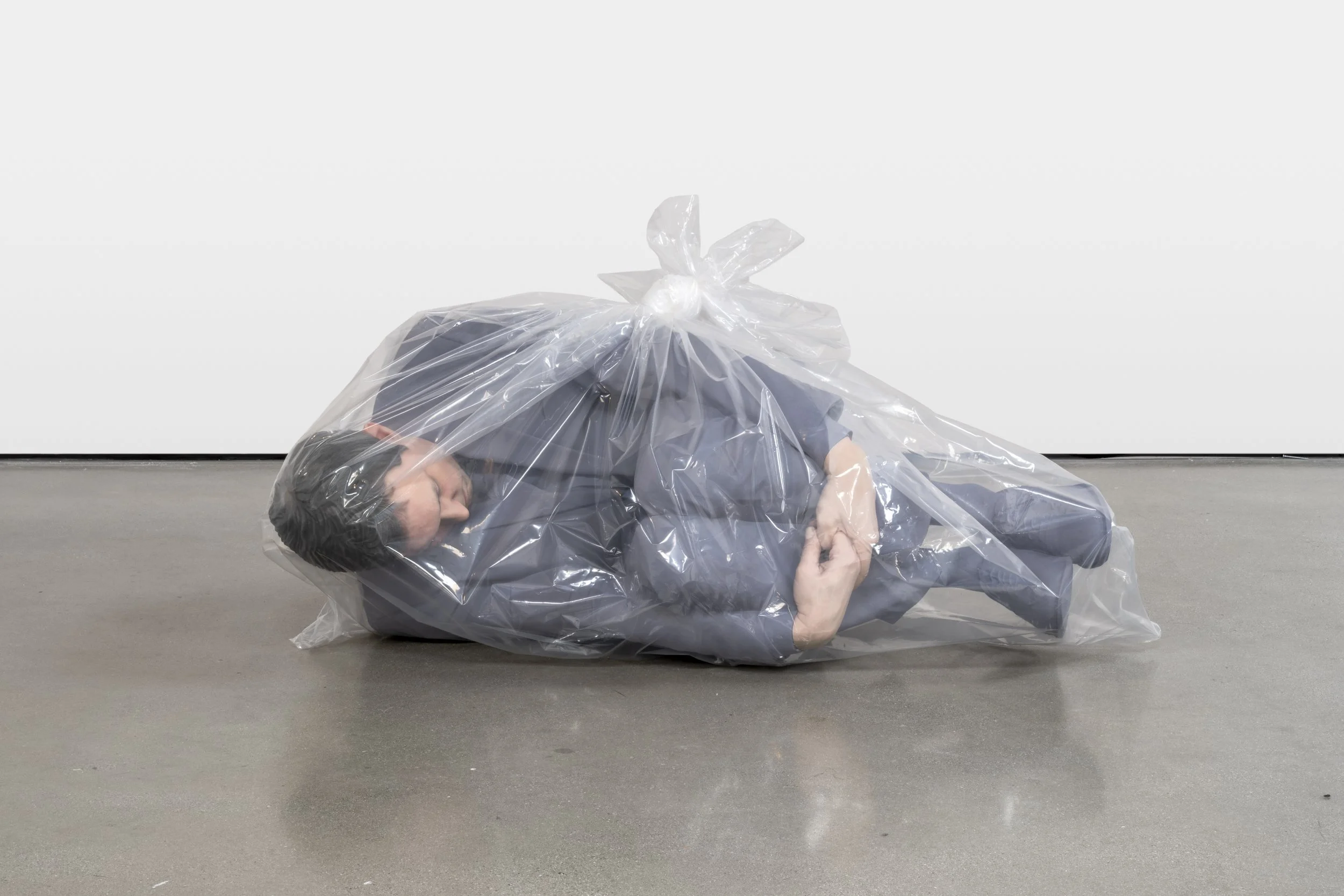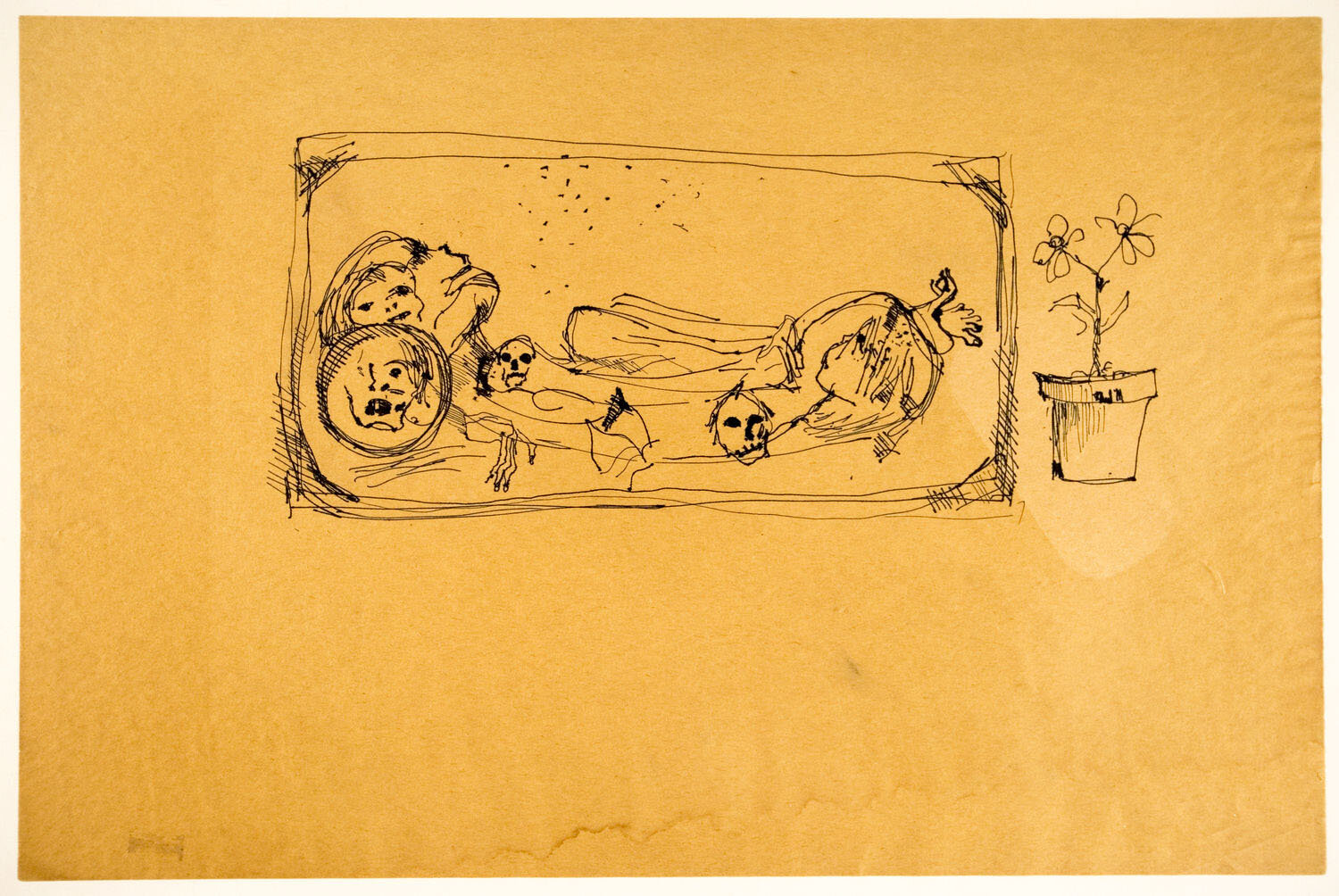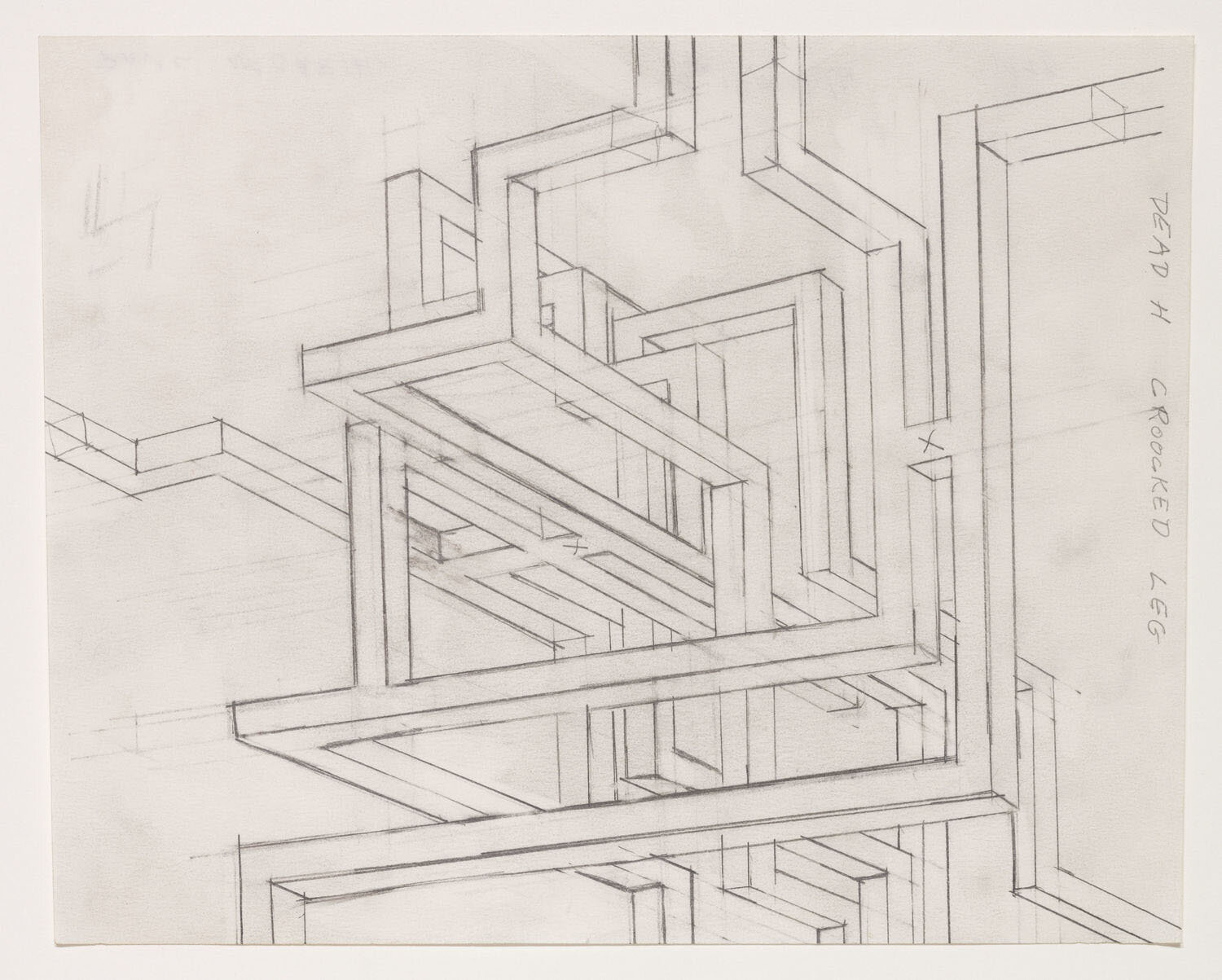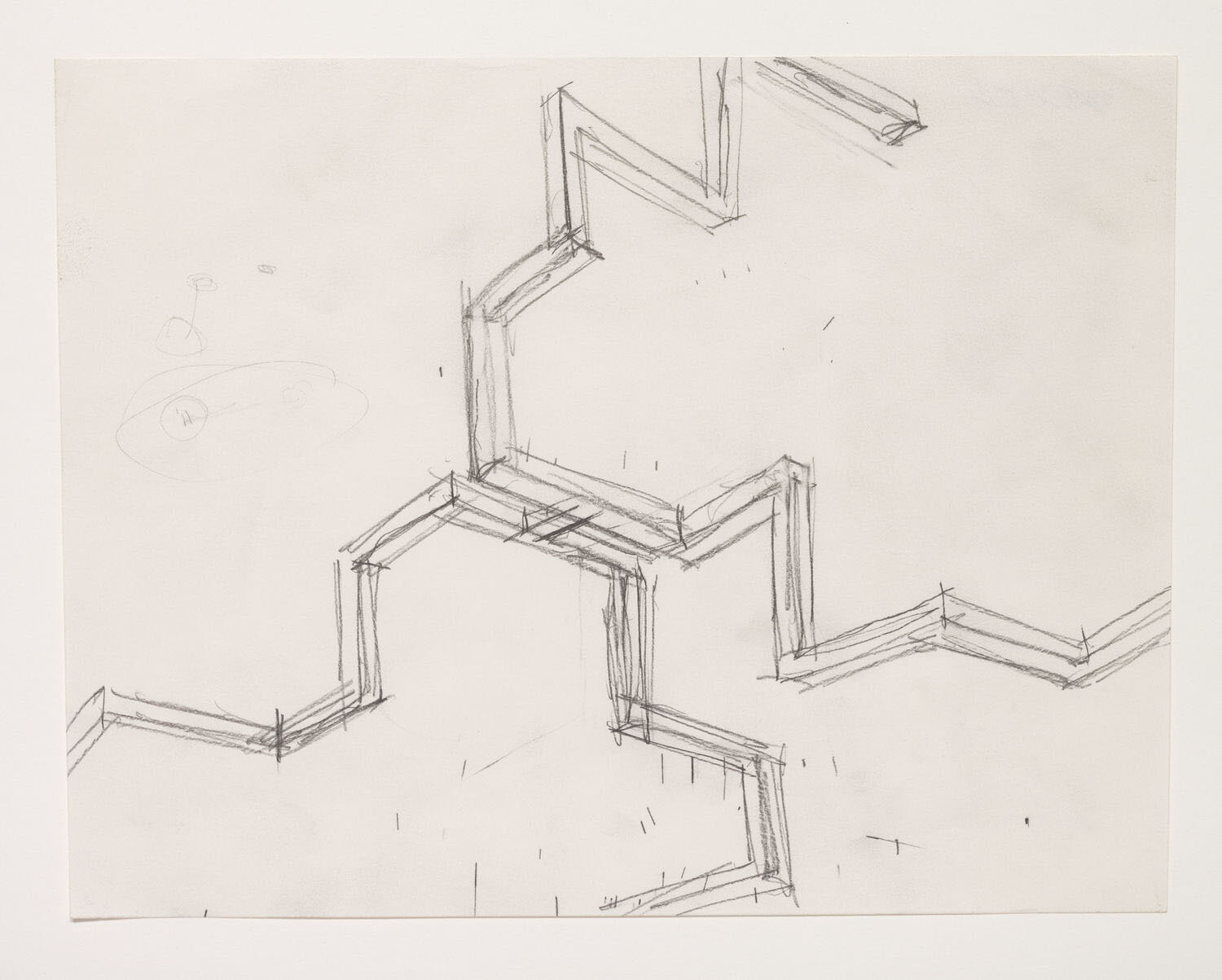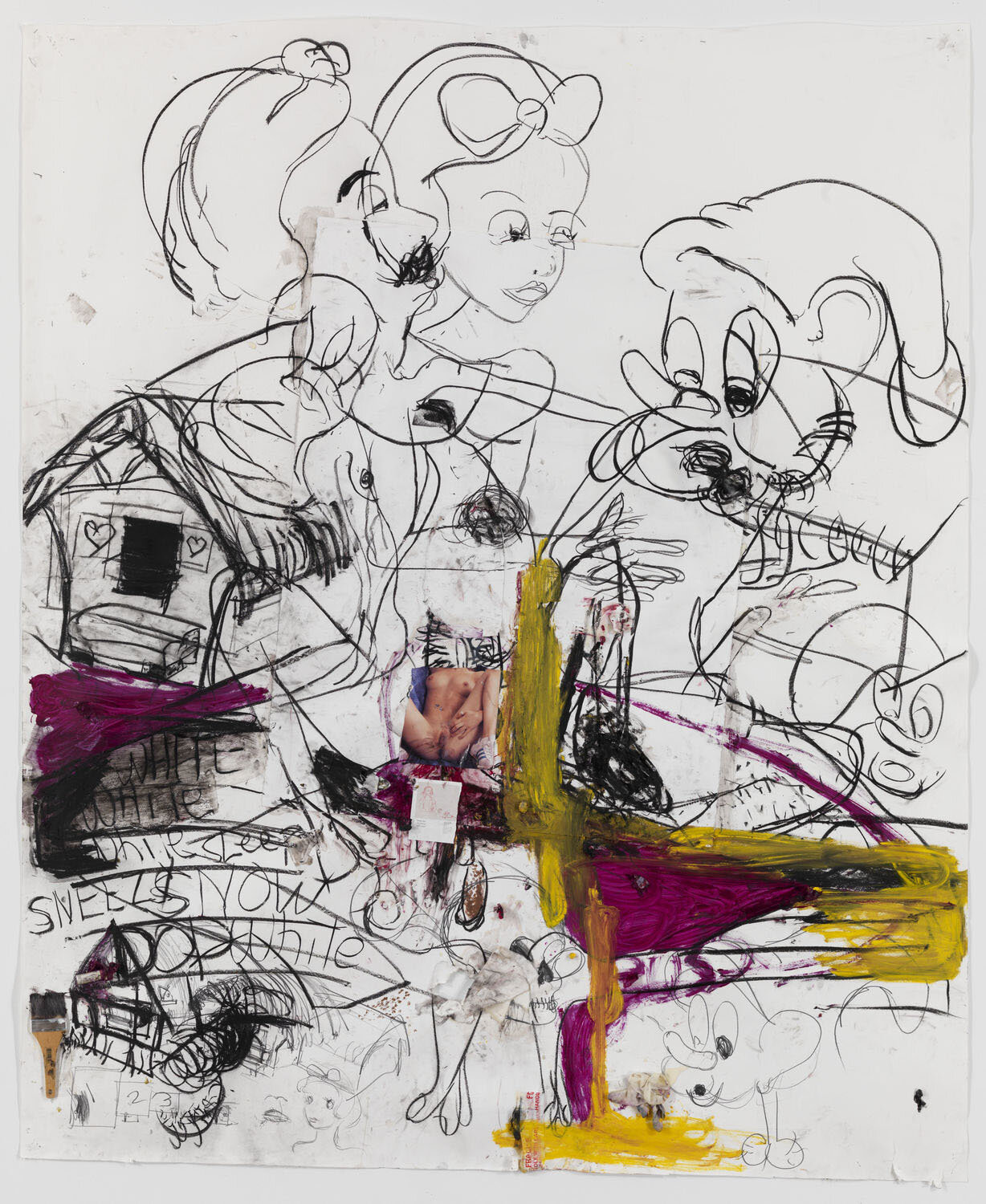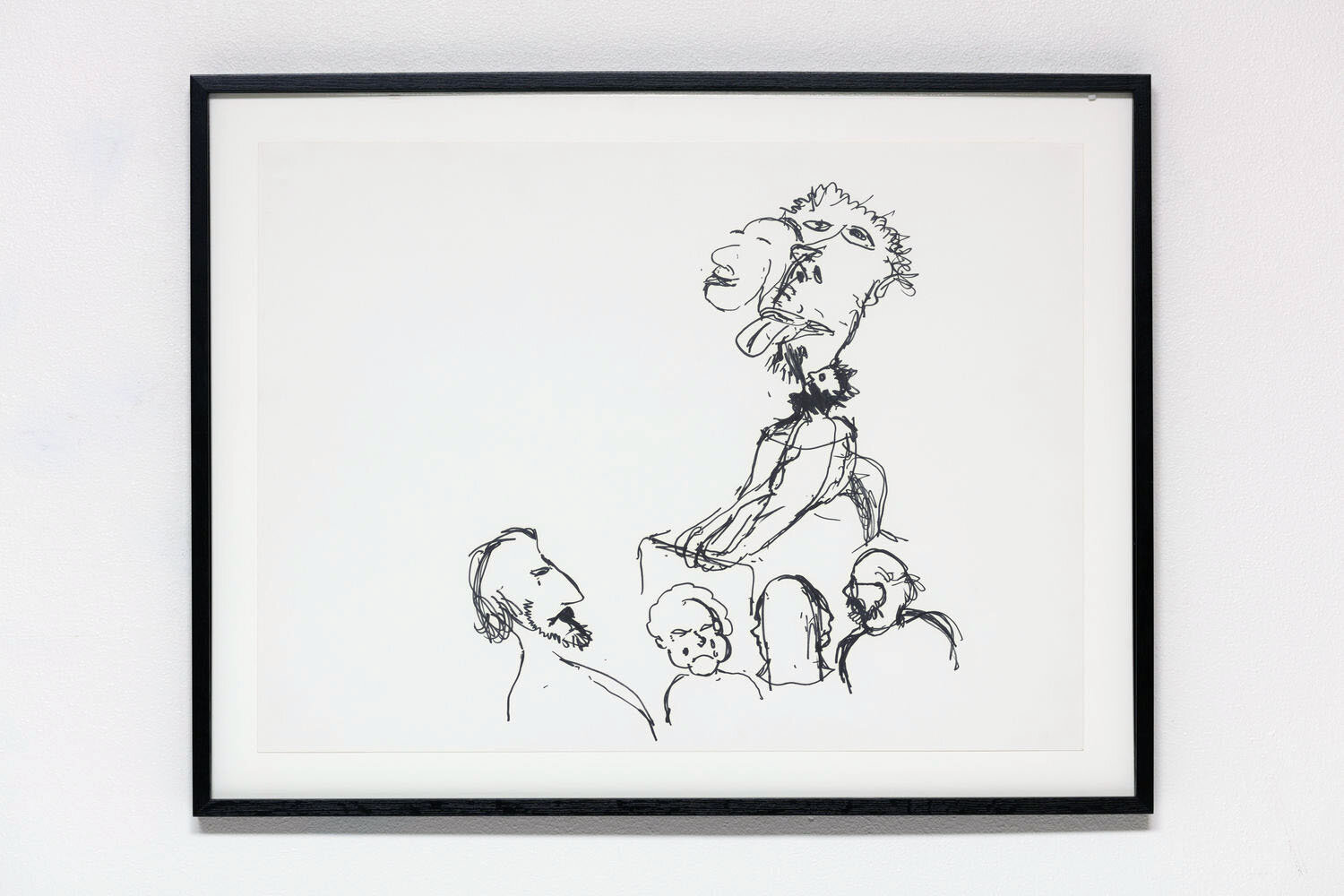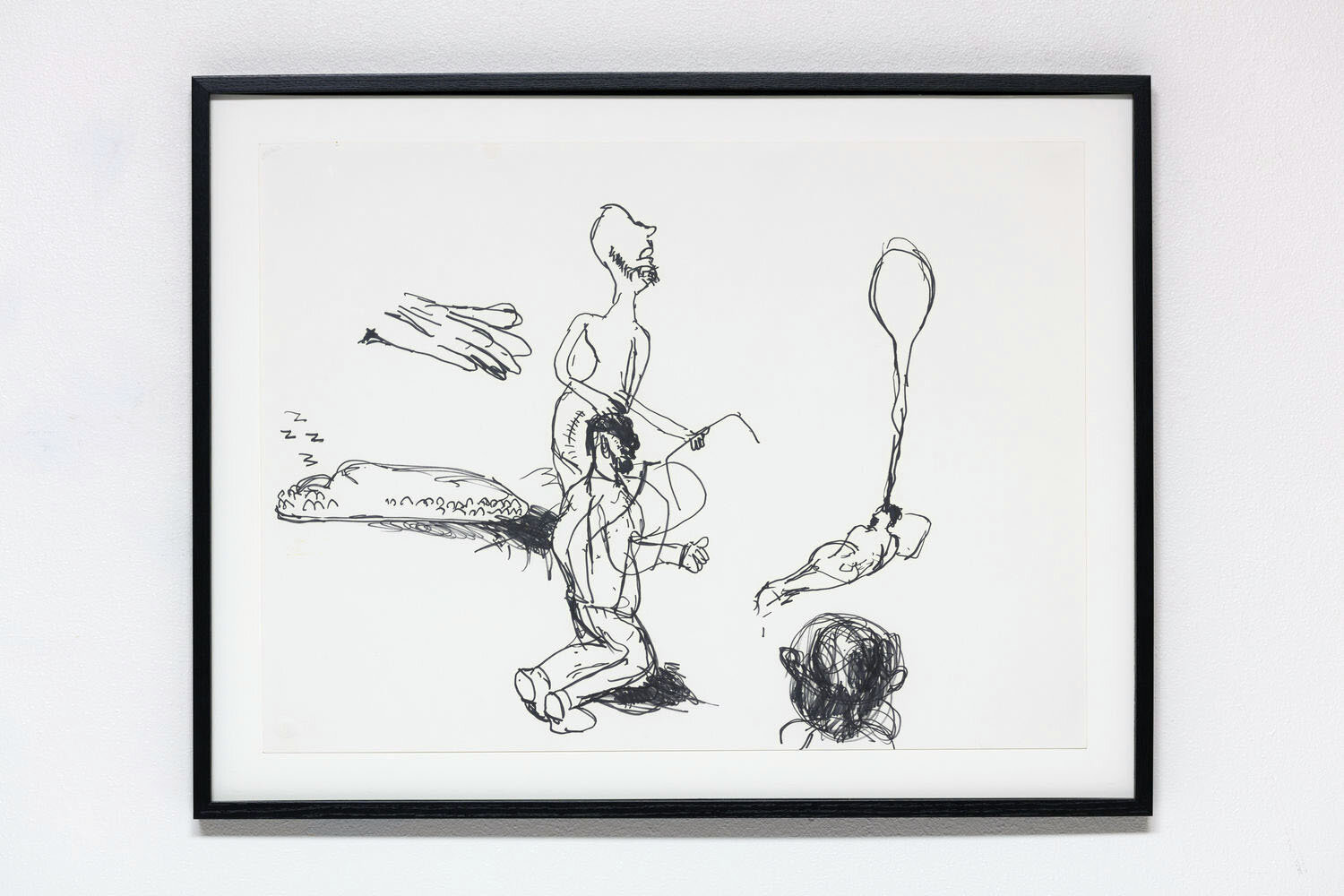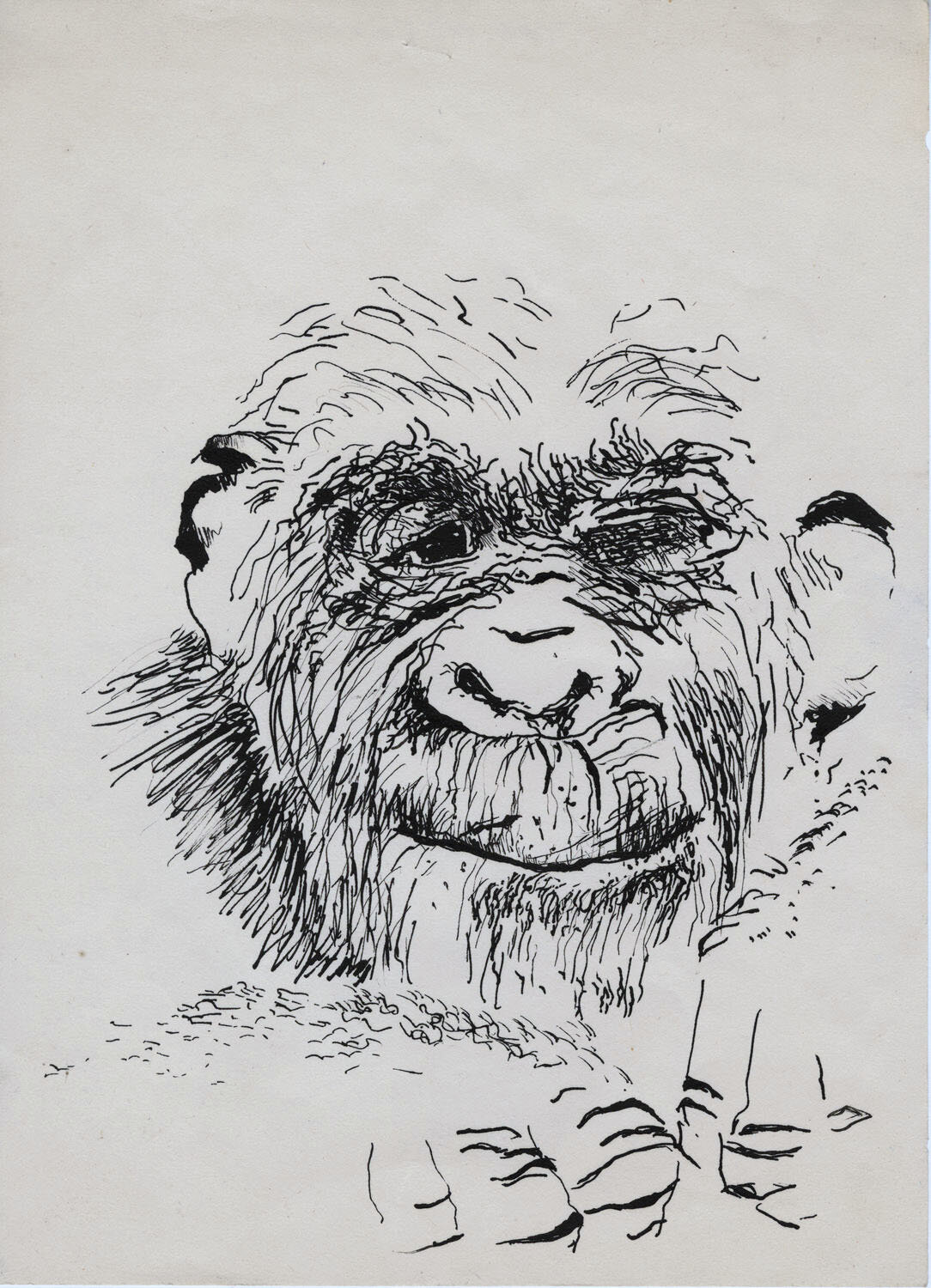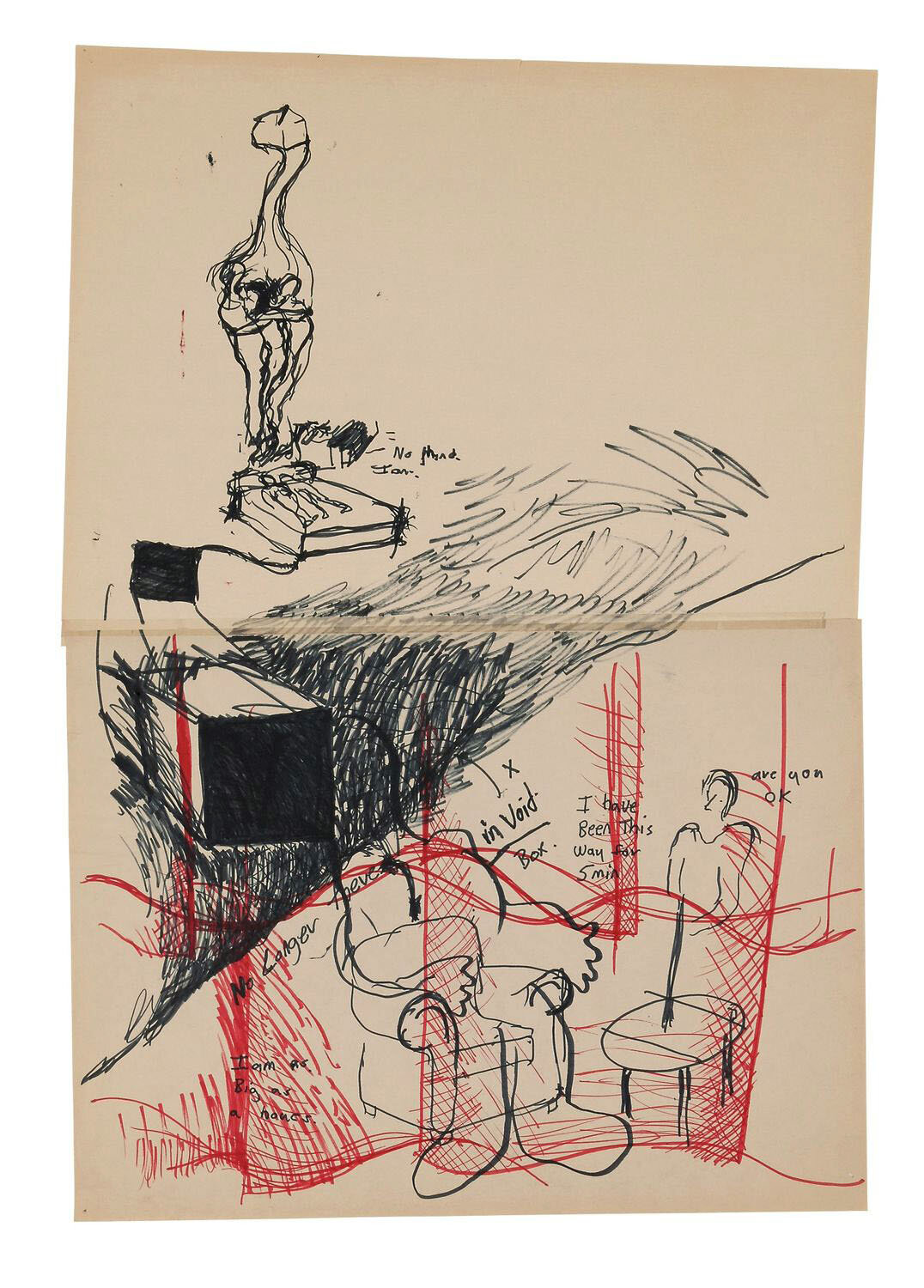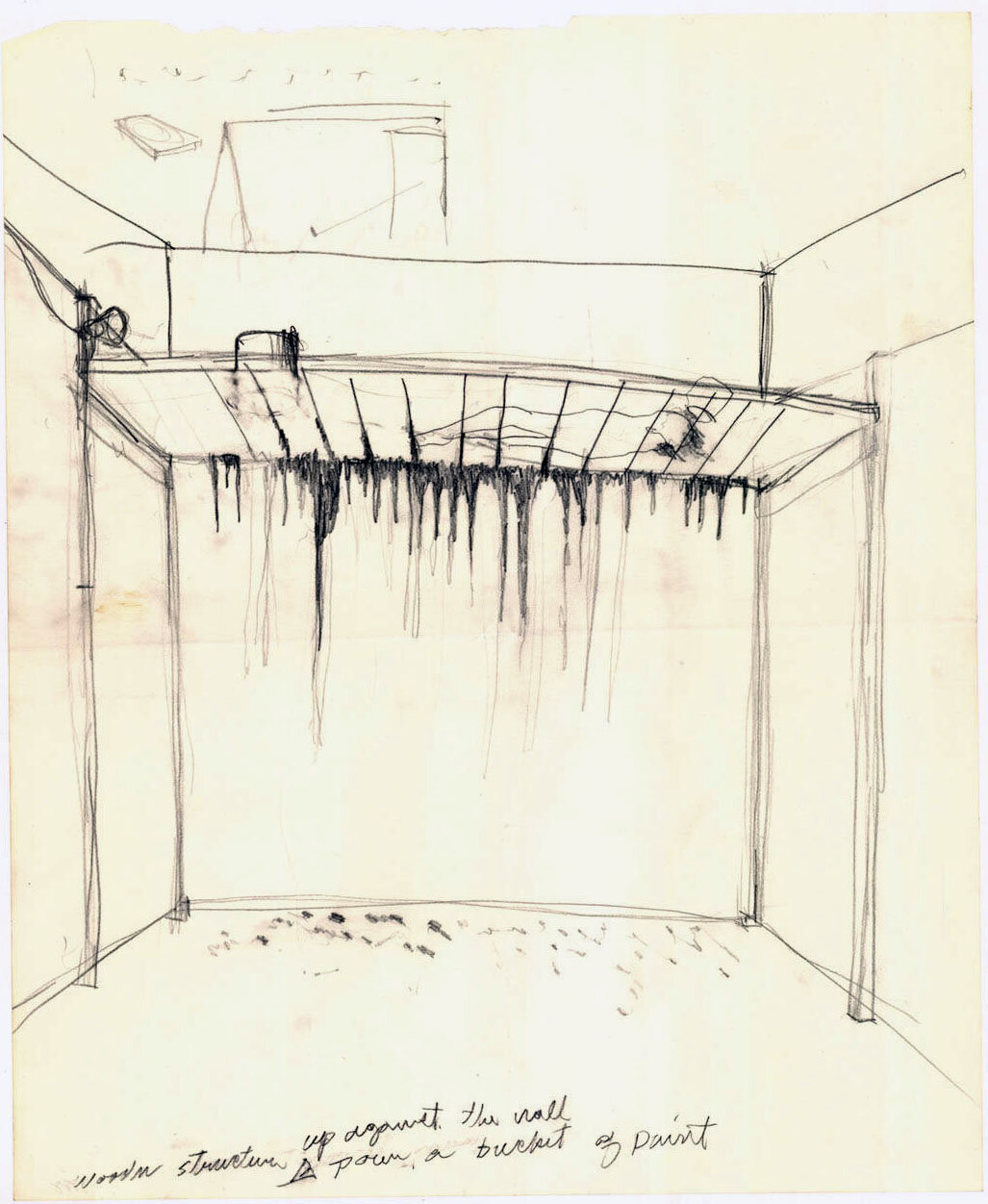Image courtesy of Pippa Garner and Jeffrey Deitch.
review by Mia Milosevic
IA anguille sous roche [A.I. eel under the rock] is a contemporary adaptation of the French idiom Il y a anguille sous roche [There’s a eel under the rock], which indirectly translates to something is simply not right here…. The transformation speaks to society’s fears surrounding technological advancement, where man-made innovation upends the traditional and replaces it with a futuristic permutation of what once was. The metamorphosis of this fixed expression speaks to the evolution of humanity, to the post human body, which is colloquially characterized by its unconventional additions and subtractions.
Thirty-two years ago, Jeffrey Deitch curated an exhibition called Post Human, which included the work of thirty-six artists. On September 12 of this year, Post Human made its second Earth-landing, opening at 925 N. Orange Drive in Los Angeles. The 1992 exhibition revolutionarily summoned new frontiers surrounding post humanism to the foreground, and entrenched the term into contemporary vernacular. The body became ostensible, and so did much of what is naturally embedded within it.
The current showing of Post Human is a supersaturated, chaotic amalgamation of work, which revolves itself around the most up-to-date understanding of our corporeal tendencies.
Paul McCarthy’s The Garden showcases a practice of ecosexuality, adopting a radical form of environmental activism rooted in the optimization of nature’s glory holes. What appears to be a forest oasis houses the mechanical effigies of nature’s erotic lovers. The applicable law on consent as it relates to this kind of sexual engagement has not yet been sorted out. Interestingly, Jana Euler’s The Judge is positioned some ways across from the greenery, staring up disapprovingly at the orgiastic jardin.
Josh Kline’s Aspirational Foreclosure (Matthew/Mortgage Loan Officer) and MAOI Inhibitors Can’t Fix This (Elizabeth/Administrative Assistant) are life-size 3D-printed plaster characters who are crouched in fetal position, laying on their sides, wrapped in an over-sized plastic bag which is politely knotted at the top. Matthew and Elizabeth have been presumably consumed by the microplastics we are thought to ingest on a daily basis. This inversion unfortunately lends an exceptional amount of perspective to the inextricable link between plastic and the 21st century body.
Charles Ray’s Family Romance is a mixed media installation and sculpture of four people holding hands. The piece absolutely levels traditional conceptions of the classic family dynamic, and does so quite literally. Ray makes the mom, dad, son, and daughter all the same height, removing the power dynamics generally associated with typical familial roles and further embracing the Freudian sexual awkwardness which invites any and all incestphobic viewers to reveal themselves. Ray says that you can find the meaning of the sculpture where the figures’ hands come together.
In Post Human’s original catalogue, Jeffrey Deitch wrote about how people would one day be able to expunge their family histories and create an identity entirely devoid of family ethos and genetics. The idea is an intriguing one, especially in the context of Ray’s Family Romance.
Pierre Huyghe’s Idiom is a golden LED screen mask integrated with a real time voice generated by Artificial Intelligence. The anthropomorphization of metal by way of shape makes the facade recognizable, but it’s still not human. IA anguille sous masque?
Pippa Garner’s Human Prototype is best described as a literal intersection of the modern body. A Barbie-esque character and a Black man sporting a fedora are forced into one corpus. The arm of an inscrutable third person serves as the head of the being, its hand clutching an iPhone. The creature is an eerie, cyborgian rendition of our technological reliance. In Human Prototype, the artificial implies plurality and multi-beingness; the extent to self-identity may not always know bounds. The culprit behind X says that he thinks we are already cyborgs. Jeffrey Deitch probably agreed with the statement a few decades before it was made.
Post Human is on view through January 18 @ Jeffrey Deitch in Los Angeles, 925 N. Orange Drive





